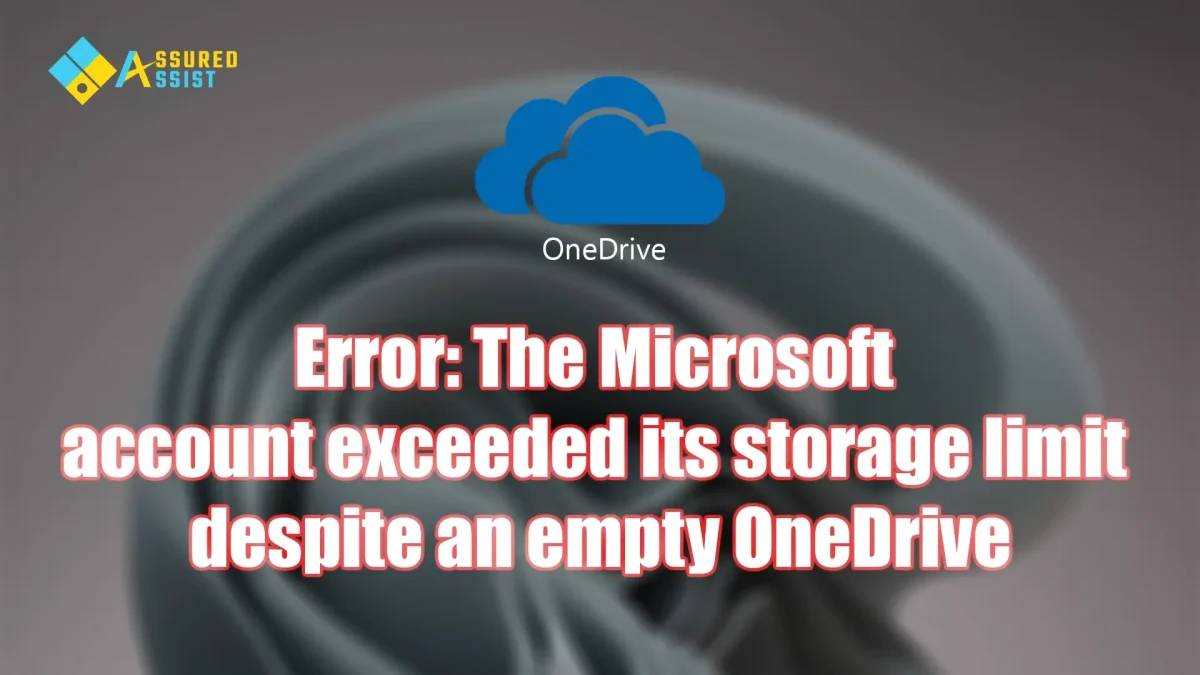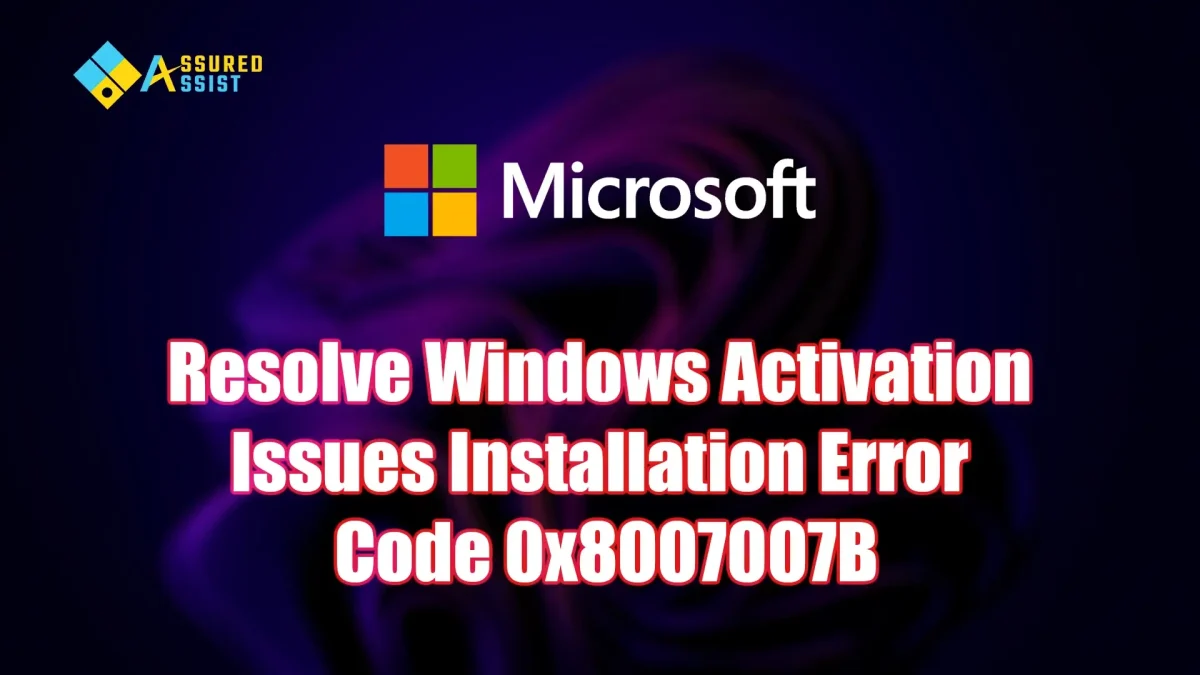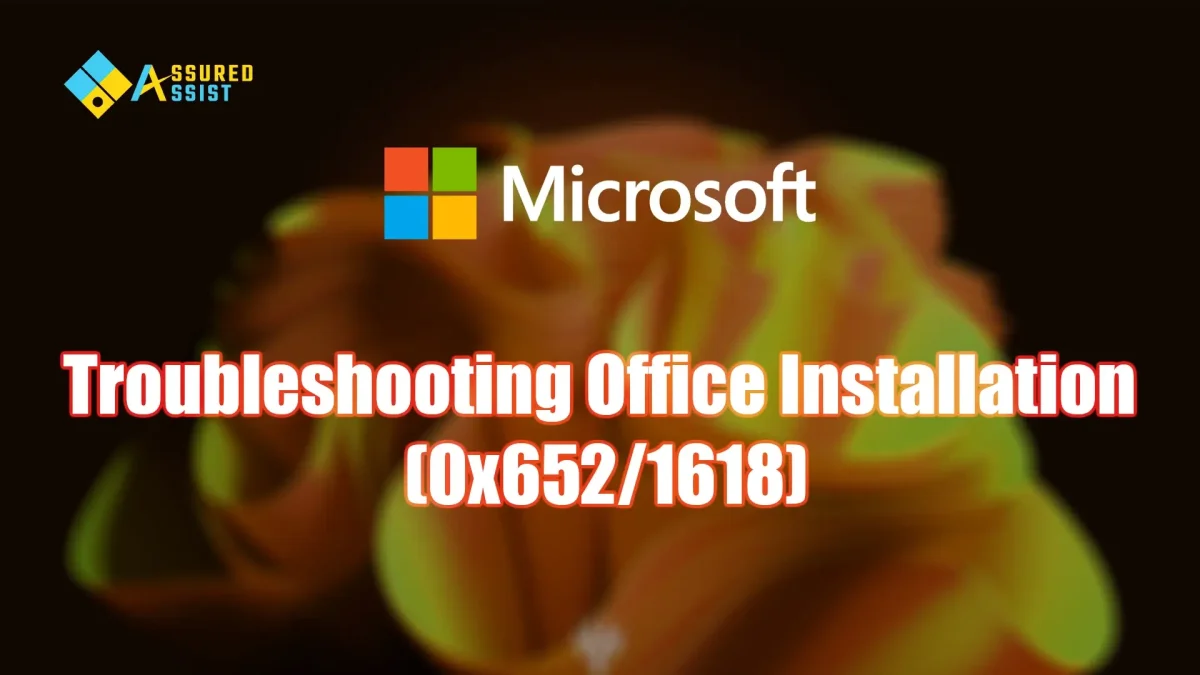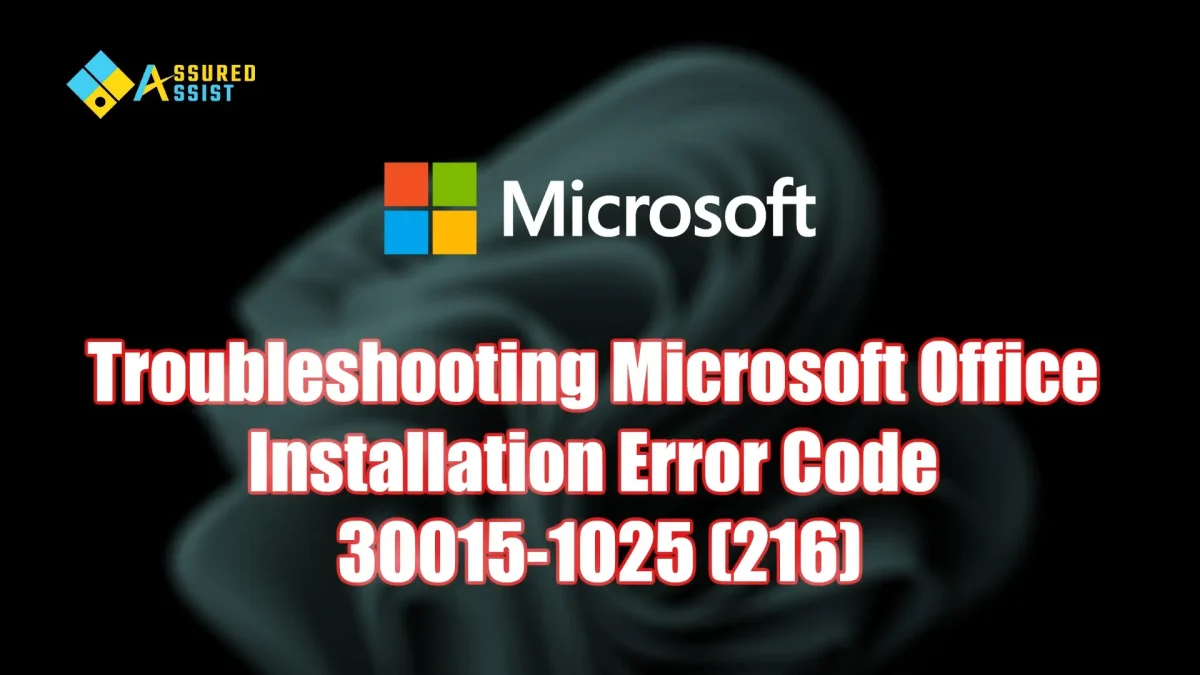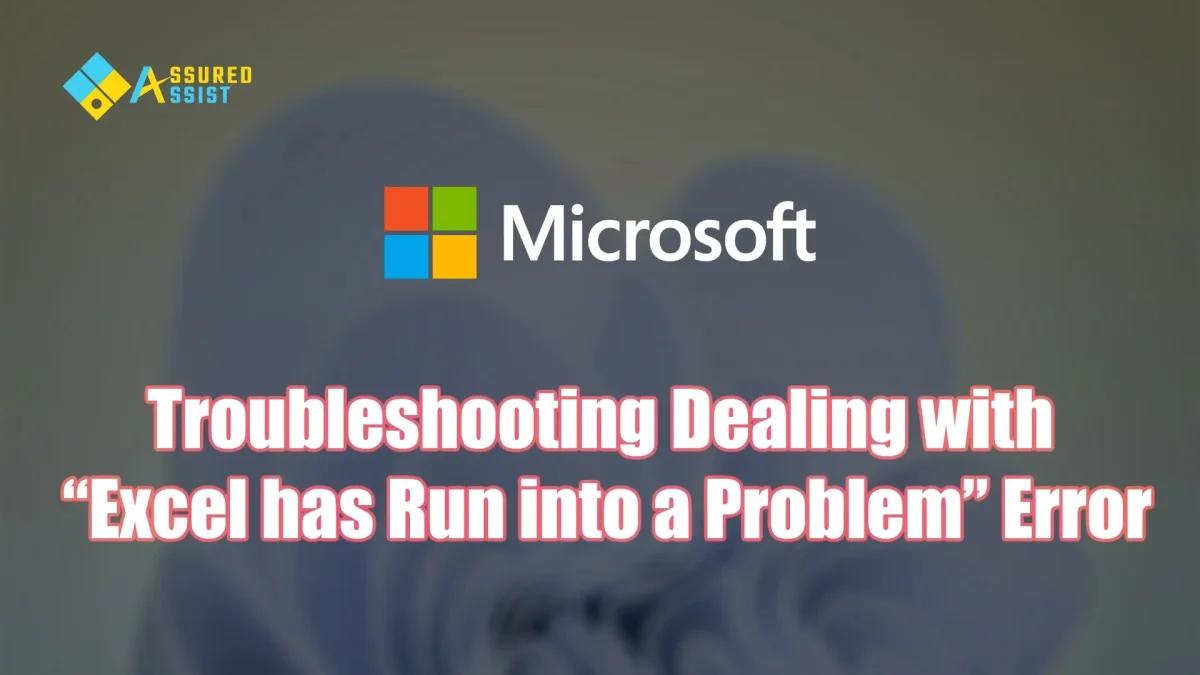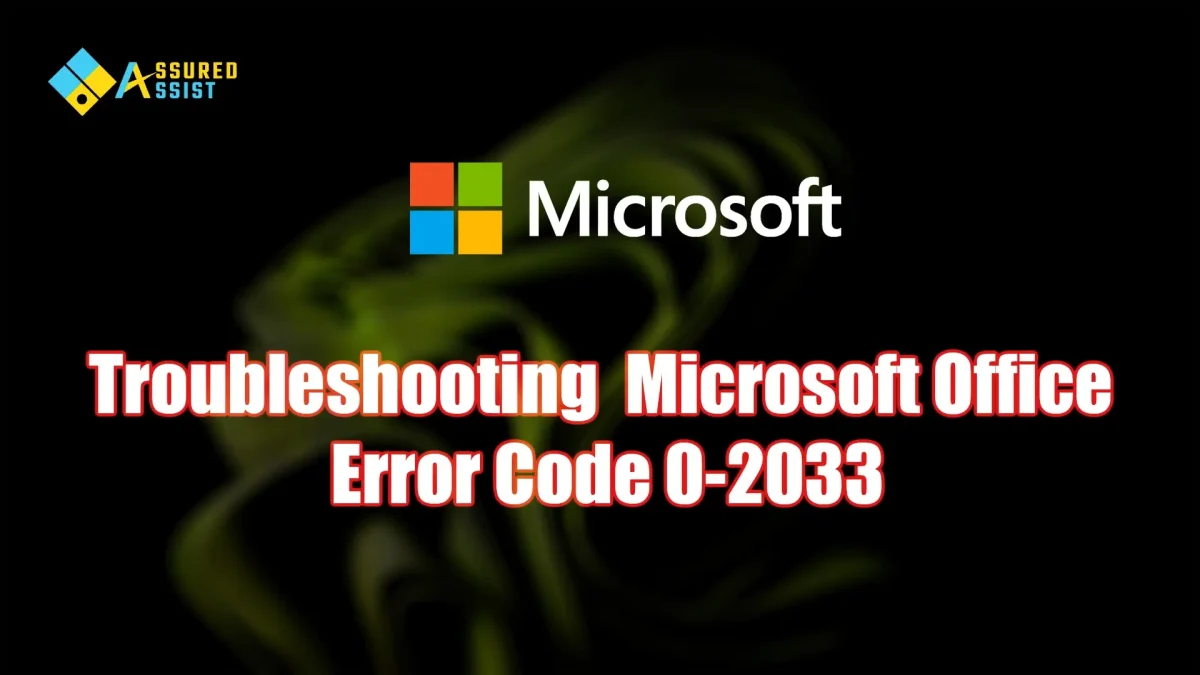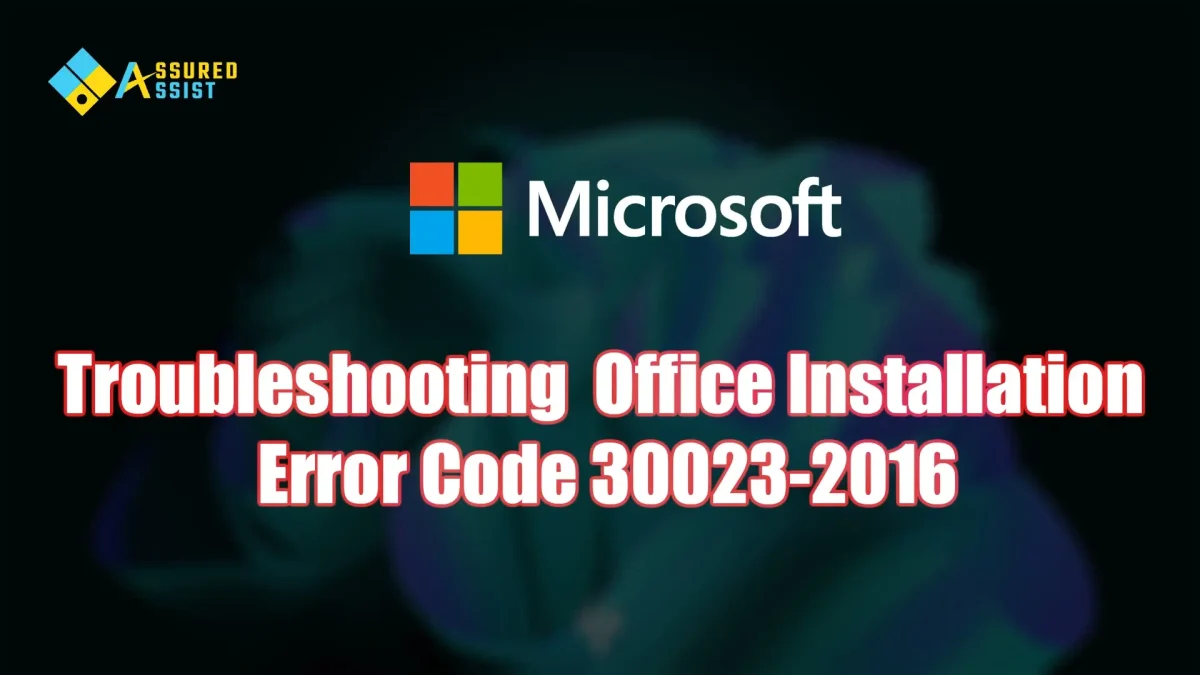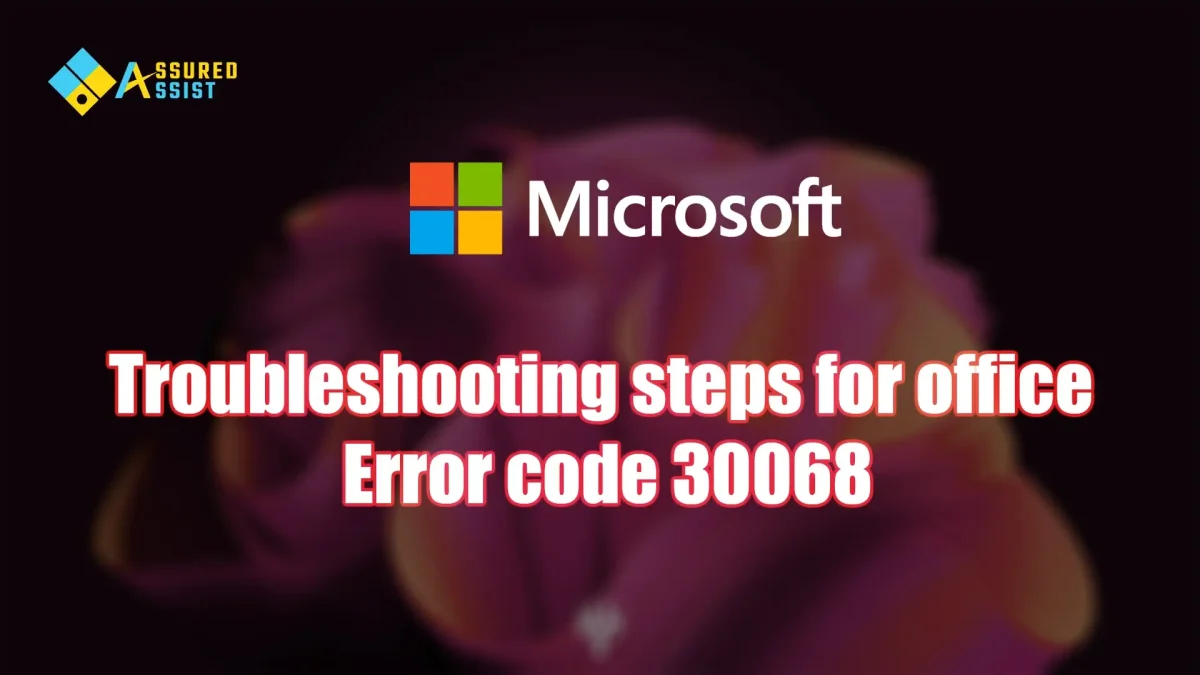Struggling with error code 80072efd in Windows ?

Causes for Error Code 0x80072EFD
Regular causes for this Error Code 0x80072EFD include:
- Network connection issues: The Update Error Code 0x80072EFD can occur when there is a problem with your network connection. This can be caused by a faulty network cable, router, or modem, or due to incorrect network settings.
- Firewall settings: The Windows Firewall or any third-party firewall software installed on your computer can sometimes block the connection to the update server, resulting in this Windows 10 Error Code 0x80072EFD.
- Malware or virus infection: Malware or virus infections can also cause this error code by blocking the connection to the update server.
- Time and date settings: If the date and time settings on your computer are incorrect, it can cause the Windows 11 Error Code 0x80072EFD to appear.
Solution 1: Check Your Internet Connection
Ensure that your computer is properly connected to the internet and that your network settings are configured correctly. Try resetting your modem or router to see if that resolves the issue.
Solution 2: Clear Windows Update Cache
Follow these steps to clear the update cache:
- Press Windows + R and type services.msc to open the Windows Services tab.
- Locate Background Intelligent Transfer Service, right-click it, and select Stop.
- Right-click on Windows Update in the list and select Stop.
- Open File Explorer and press Windows + E.
- Navigate to the following directory and delete all files and folders:
C:\Windows\SoftwareDistribution - Go back to Windows Services, right-click Background Intelligent Transfer Service, and click Start.
Solution 3: Run a System File Checker
Use the System File Checker (SFC) tool to scan and repair any corrupted system files causing the issue. Here’s how:
- Open Command Prompt as an administrator.
- Type sfc /scannow and press Enter.
- Wait for the scan to complete.
Note: If Windows indicates “Windows Resource Protection discovered corrupt files but was unable to fix some of them,” additional repairs may be necessary.

Solution 4: Nslookup for Server
You can check if your PC is able to connect to the Microsoft update server using the following steps:
- Open Command Prompt.
- Type nslookup update.microsoft.com and press Enter.
- If the server’s name contains “Microsoft,” the connection is working. If not, your PC is not connecting to the Microsoft server.
If your PC is unable to connect, you may need to contact experts for further help.
Solution 5: Disable Firewall
Temporarily disable your firewall to check if it is blocking the connection to the update server.
- If you are using third-party antivirus software, go to the software settings and disable real-time protection.
- If you use Windows Defender, go to Windows Security > Virus & Threat Protection > Manage Settings, and turn off Real-time Protection.
Solution 6: Scan for Malware and Viruses
Run a full system scan with your antivirus software to check for malware or viruses that may be blocking the Windows update process.
Solution 7: Run Windows Update Troubleshooter
Use the Windows Update Troubleshooter to automatically detect and fix issues related to Windows updates.
- Press Windows + I to open Settings.
- Click on Update & Security, then go to Troubleshoot.
- Click on Windows Update, then select Run the troubleshooter.
- Follow the on-screen instructions and restart your computer.
Solution 8: Reset Windows Update Components
Reset the Windows Update components using the following commands in Command Prompt (as Administrator):
net stop wuauserv net stop cryptSvc net stop bits net stop msiserver ren C:\Windows\SoftwareDistribution SoftwareDistribution.old ren C:\Windows\System32\catroot2 Catroot2.old net start wuauserv net start cryptSvc net start bits net start msiserver
Solution 9: Turn Off Proxy Server
If you are using a proxy server, try turning it off:
- Press Win + R, type inetcpl.cpl, and click OK to open Internet Options.
- Select Connections > LAN Settings.
- Uncheck Use a proxy server for your LAN, then click OK.
Solution 10: Update Drivers
Ensure your network drivers are up to date to avoid connectivity issues during the update process.
Solution 11: Reset Windows
If all else fails, you can reset your Windows installation:
- For Windows 10, go to Start > Settings > System > Recovery and choose “Reset this PC”.
- For Windows 11, go to Start > Settings > System > Recovery and select “Reset this PC”.



